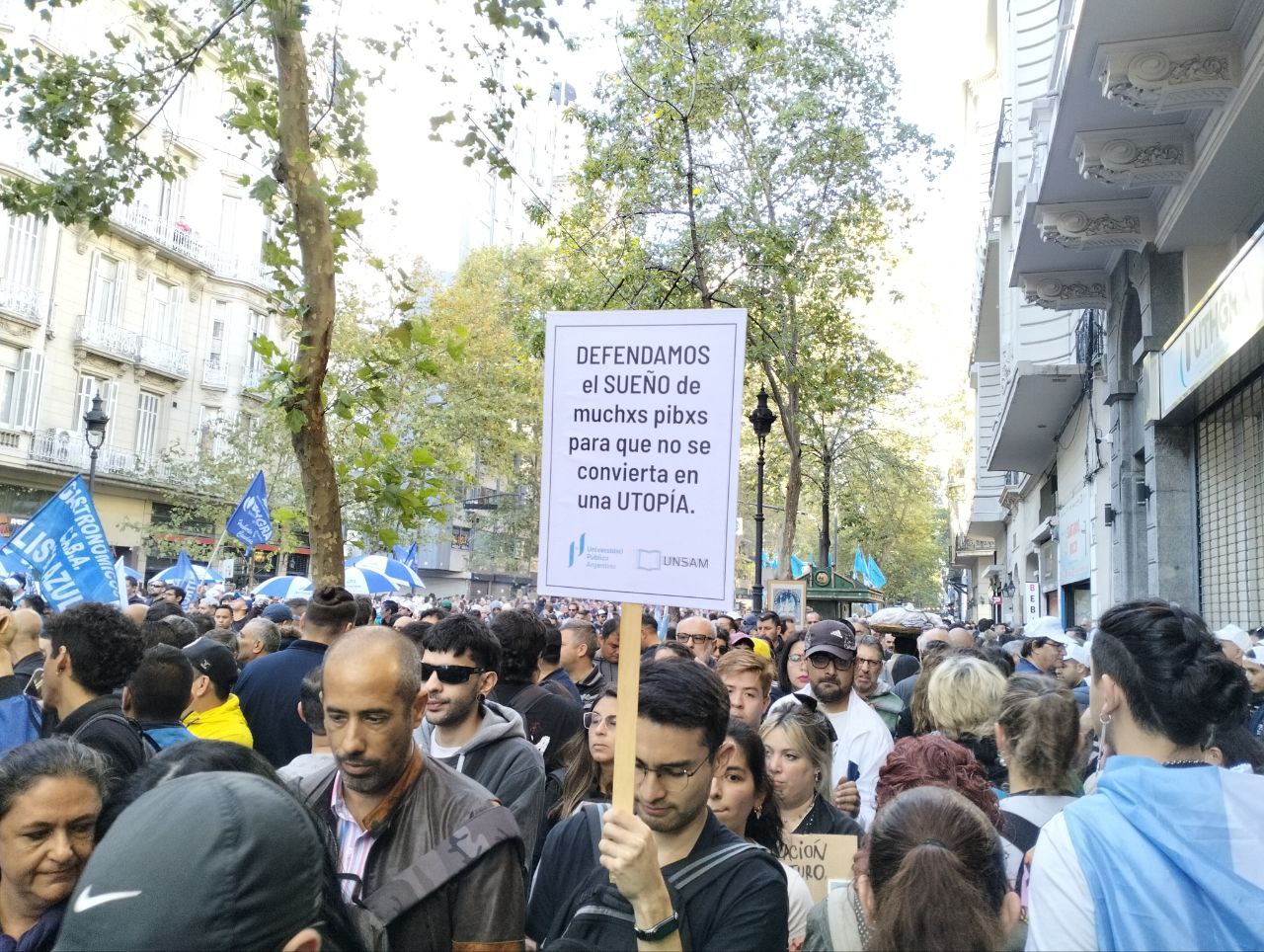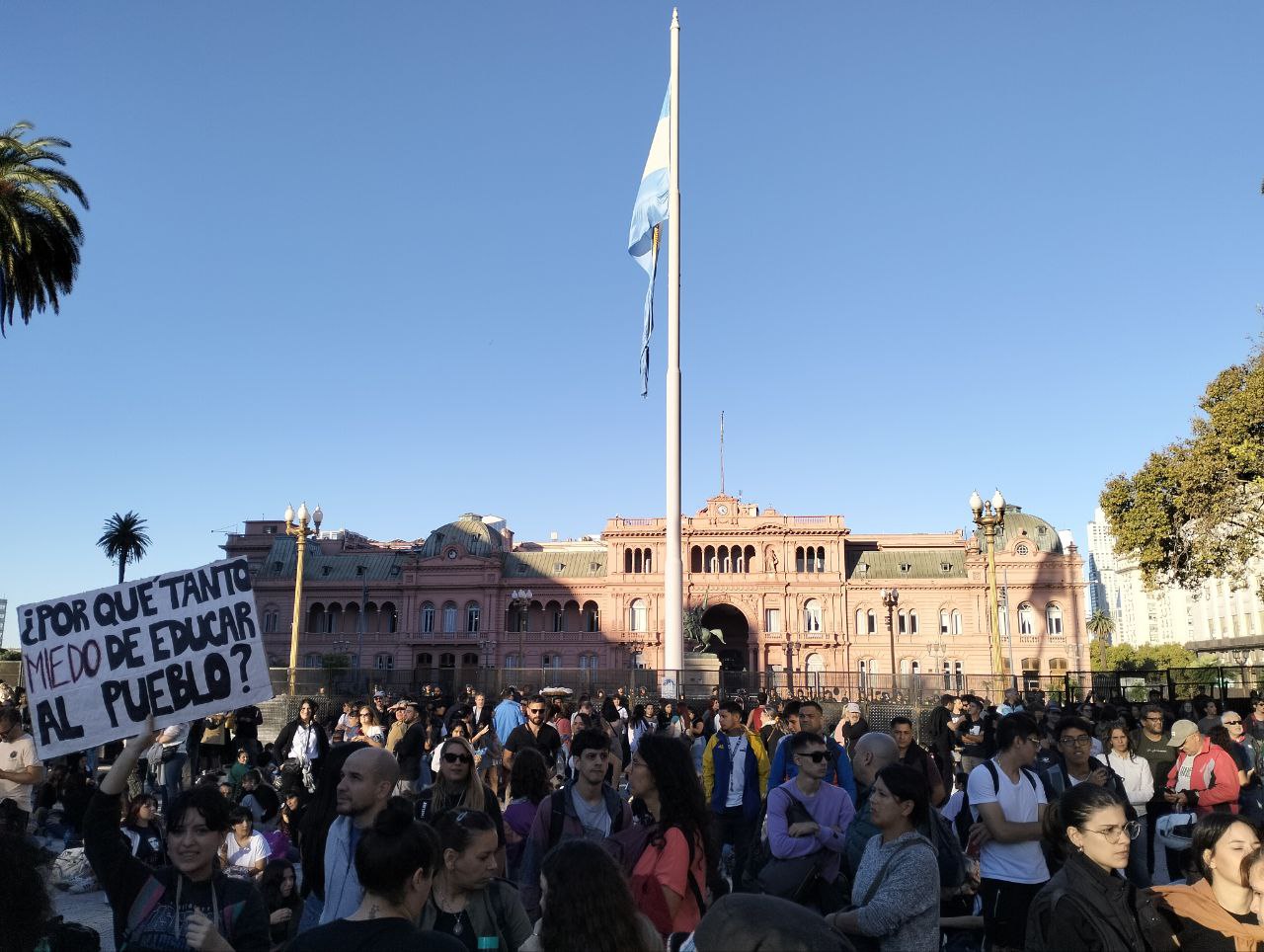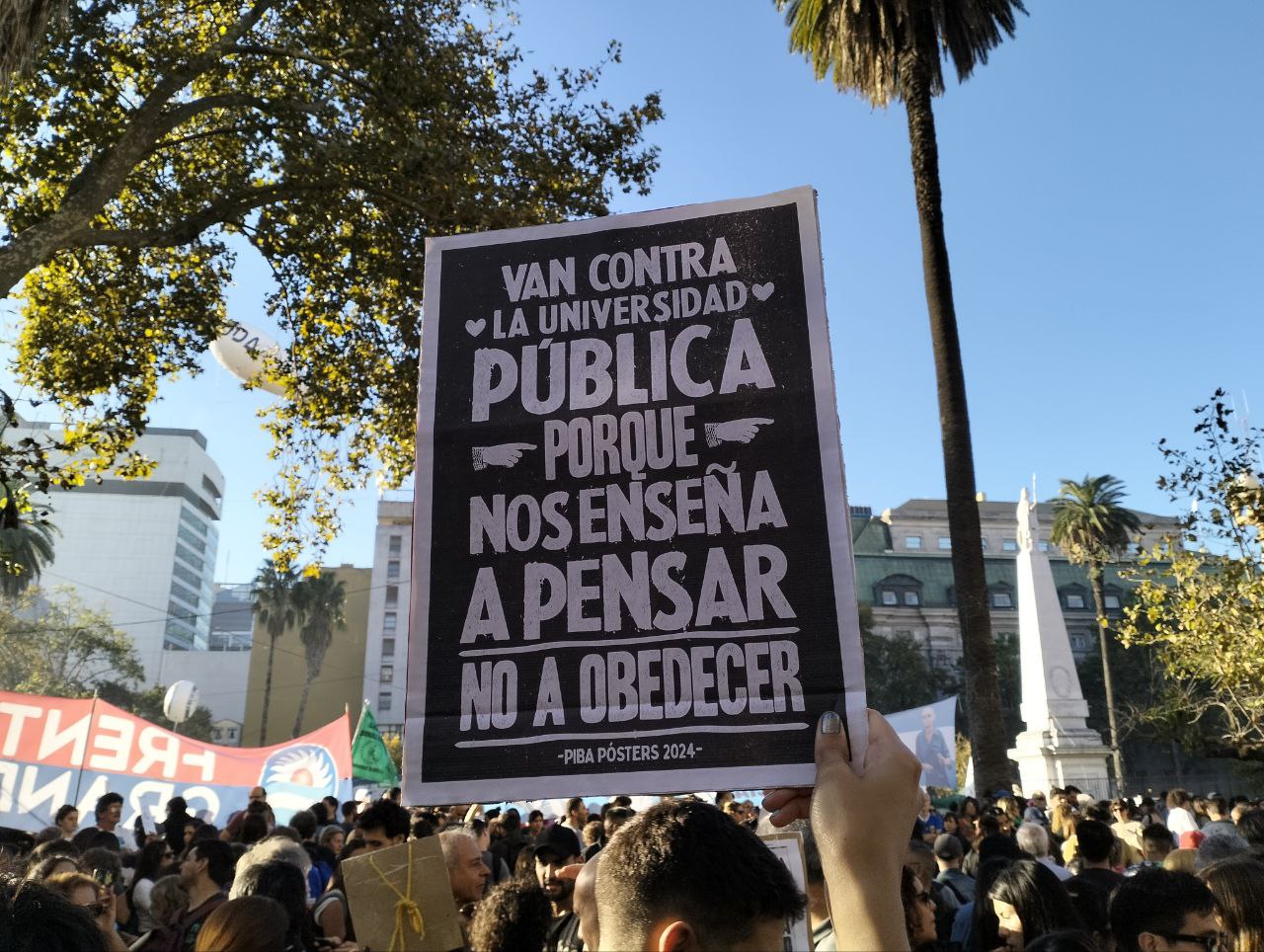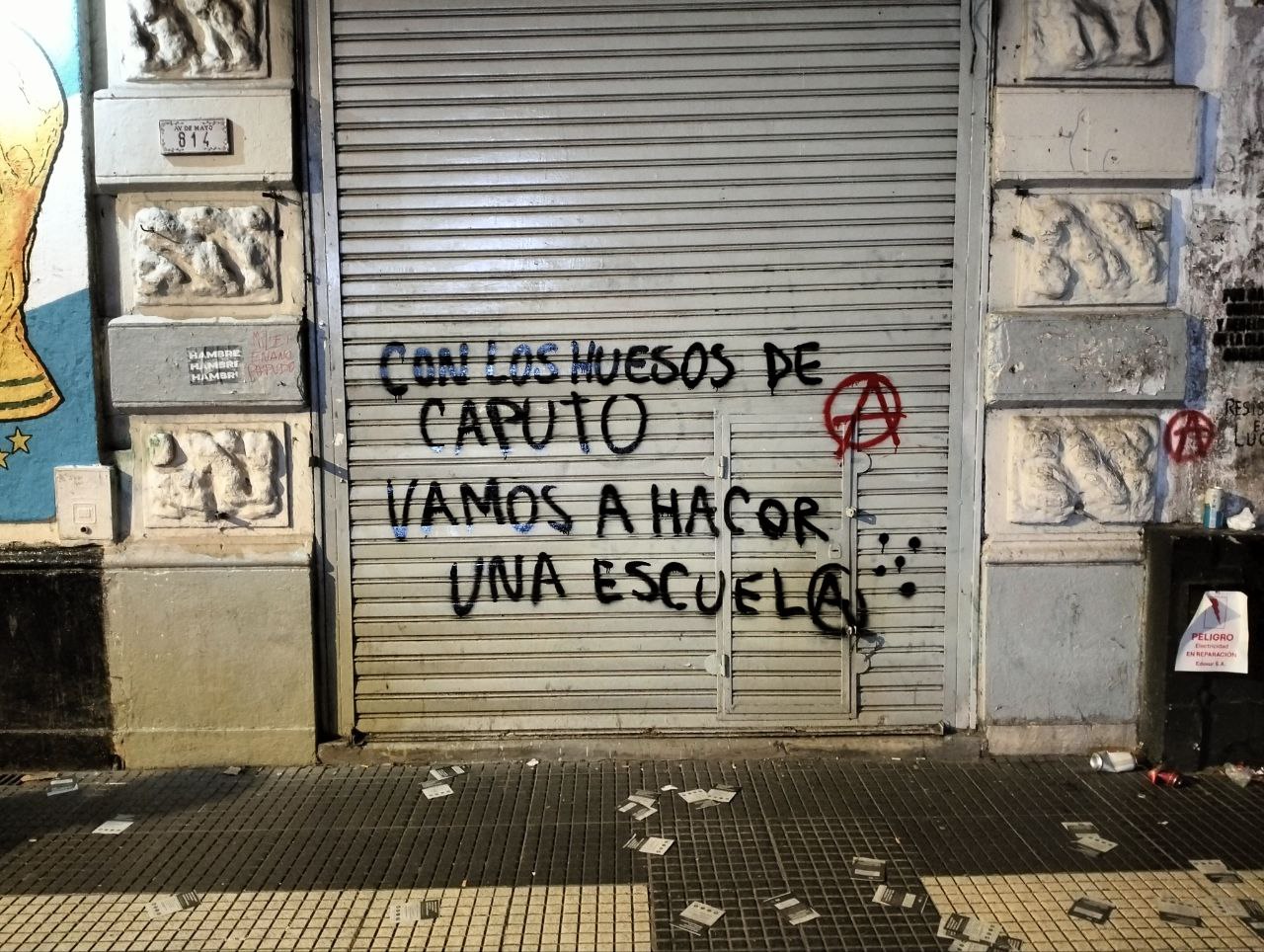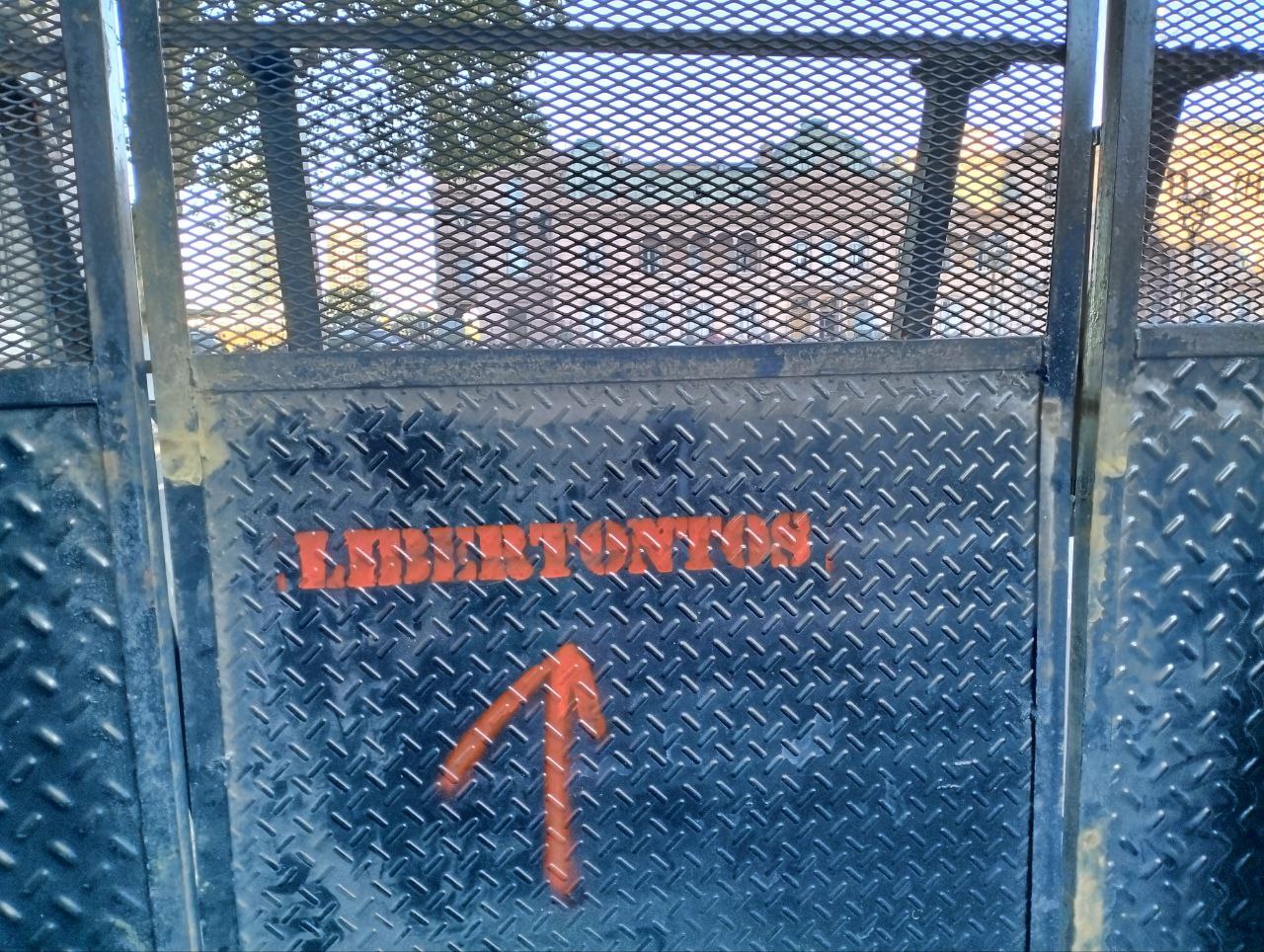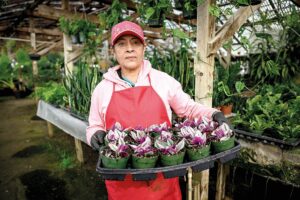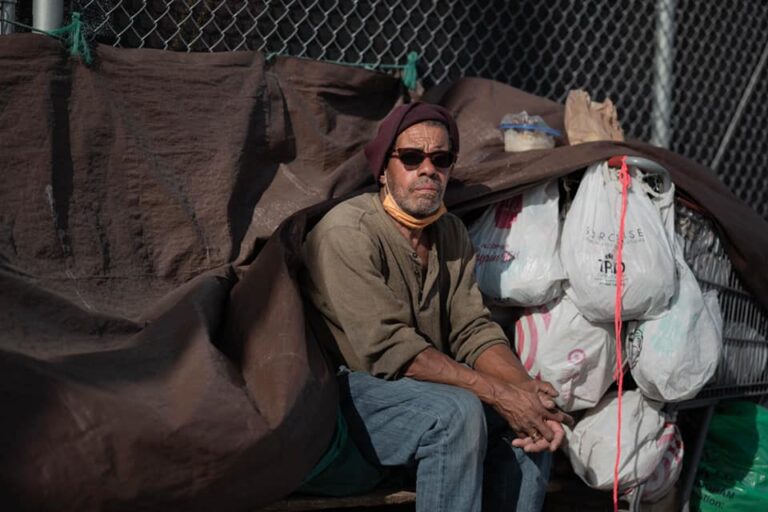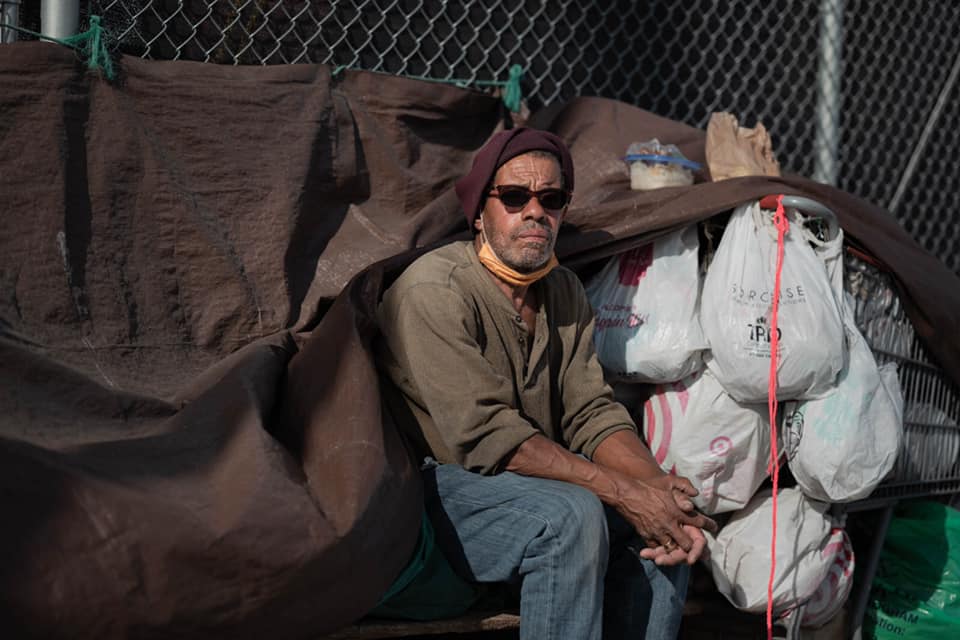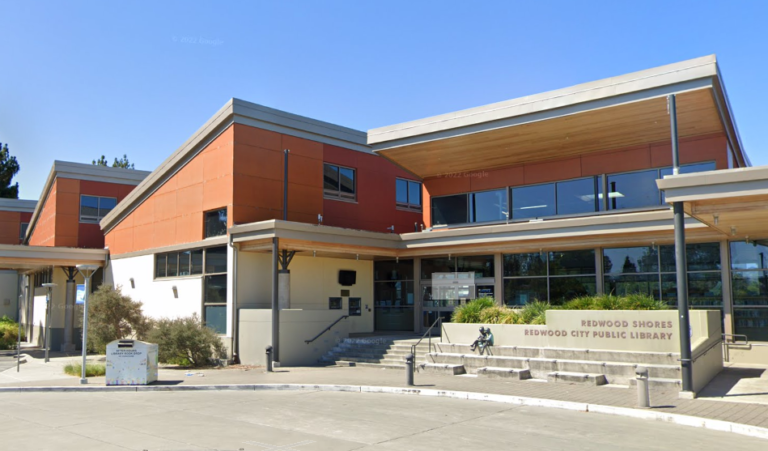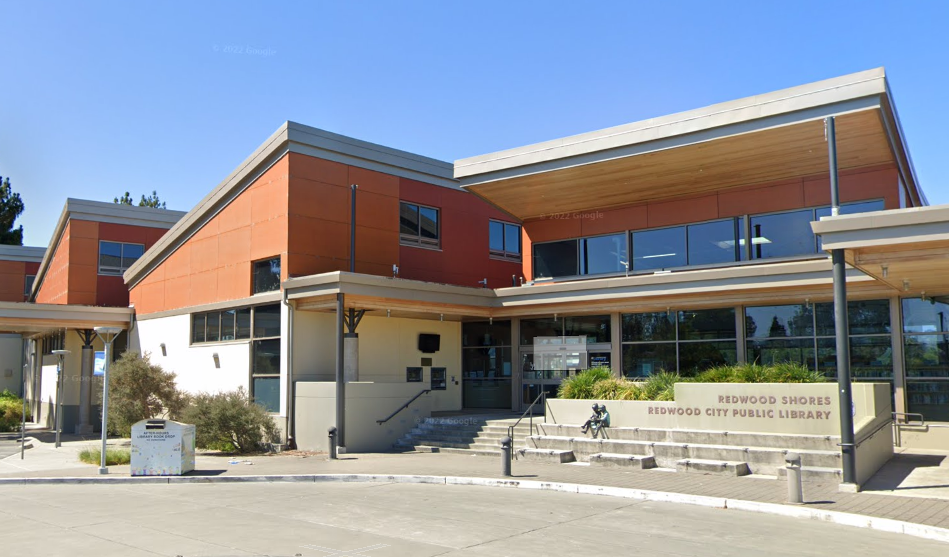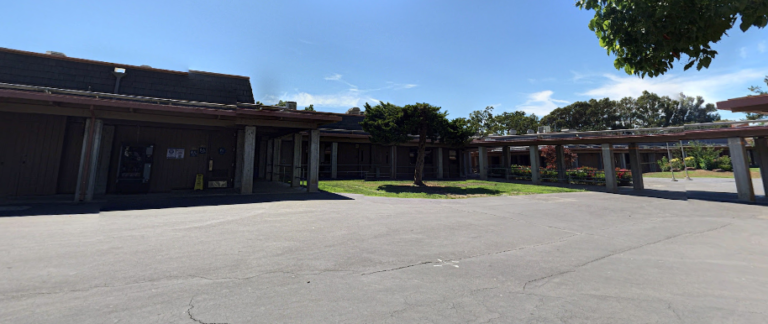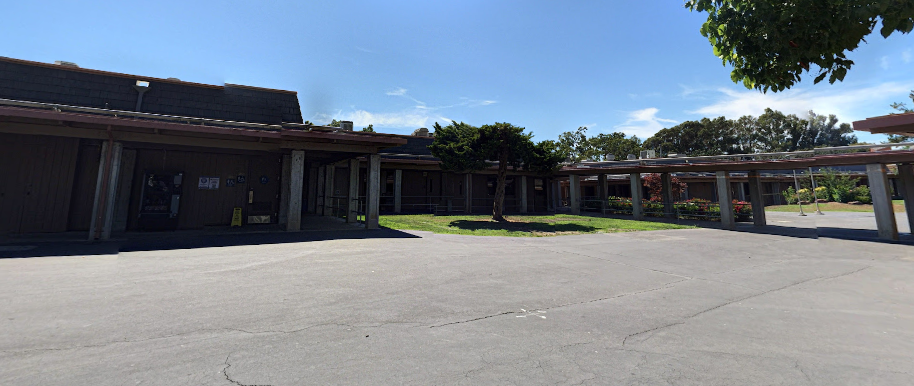
Listen to this note:
A mediados de este mes, el Ayuntamiento de Oakland aprobó una nueva legislación que reconoce formalmente a las familias poliamorosas, la primera de su tipo en la Costa Oeste, ello con la intención de ampliar las salvaguardias contra la discriminación para incluir el poliamor y otras “estructuras familiares diversas” en sectores como la vivienda y los servicios públicos.
El proyecto de Ley fue lanzado por Janani Ramachandran, la primera concejal de color LGBTQ de Oakland, quien refirió que entre las familias que se verían protegidas por esta nueva legislación serían aquellas con varias parejas, reconstituidas, monoparentales, hogares multigeneracionales y relaciones asexuales.
Esta nueva ordenanza, modifica el Código Municipal de Oakland para prohibir la discriminación en las transacciones inmobiliarias y en el suministro de bienes, instalaciones y servicios por parte de cualquier empresa, la ciudad o una entidad financiada por la ciudad, sobre la base de una estructura familiar y relacional no tradicional.
A su vez, amplia las protecciones legales a una diversa gama de configuraciones familiares y estructuras de relación, incluidas las relaciones poliamorosas, las familias multiparentales, las familias ensambladas y otras estructuras familiares no nucleares.
“Es un paso significativo hacia el reconocimiento y la salvaguarda de los derechos y la dignidad de todos los residentes, que refleja el compromiso de la ciudad con la inclusividad y la igualdad”, dijo Ramachandran.
El concejal destacó que, en la diversa sociedad actual, una parte significativa de los hogares se aparta del modelo tradicional de familia nuclear, detallando que las investigaciones indican que sólo una minoría de los hogares estadounidenses se ajusta a esta estructura normativa, mostrando una variedad de configuraciones que incluyen familias con varias parejas/múltiples padres, familias ensambladas y hogares multigeneracionales.
Al mismo tiempo, refirió que se calcula que un 5 por ciento de los adultos estadounidenses practica la no monogamia consensual (NCM), y las encuestas revelan que más de 1 de cada 6 adultos expresa interés por las relaciones no monógamas en algún momento de su vida.
A pesar de esta prevalencia, dijo, las estructuras familiares y de relación diversas carecen de protección explícita en las leyes actuales, lo que conduce a un estigma y una discriminación generalizados.
En ese sentido, apuntó que casi dos tercios de las personas no monógamas, afirman sufrir discriminación en áreas críticas como la vivienda, la atención sanitaria y los servicios empresariales, lo que subraya la urgente necesidad de reconocimiento y protección legal.
“Esta ordenanza pretende fomentar una comunidad más inclusiva y empática. Es un paso necesario para garantizar que todos los residentes puedan vivir auténticamente sin miedo a la discriminación, reflejando el compromiso de larga data de Oakland con la diversidad y la inclusión”, subrayó Ramachandran.
Oakland no es la única ciudad en California que ha puesto la mira en el tema, legisladores de Berkeley planean votar el mismo proyecto de ley el próximo 7 de mayo.
At the national level, the cities of Somerville and Cambridge in Massachusetts passed the first laws granting rights to non-traditional families.
John Owens, un artista y escritor de 37 años que se identifica como poliamoroso y que vive en Oakland, contó en entrevista a KQED que, en menos de una década, se ha tenido que mudar 5 veces de casa y en la que actualmente vive se siente incómodo, pues lo propietarios “son bastante críticos con el poliamor”.
Owens, quien comparte con una de sus tres parejas románticas y dos compañeros de cuarto dijo que “en un momento, intentaron pedirnos que nos fuéramos, amenazando con un desalojo ocupado por el propietario. Luego dieron marcha atrás y dijeron que podíamos quedarnos, pero con un aumento del 10 por ciento en el alquiler”.
Explicó que, inclusive, al buscar departamento hace unos años y contarle a la dueña que era poliamoroso, ésta se enojó e irrespetuosamente le dijo: “No le alquilo a putas”, y no le dieron una solicitud de alquiler.
“Ese tipo de discriminación es bastante común”, dijo Owens. “Es difícil incluso pensar en todos los diferentes momentos, las diferentes personas que he conocido en entornos profesionales, médicos, de vivienda o institucionales que me han dejado bastante claro que no están de acuerdo con la forma en que vivo mi vida”, contó Owens.
De acuerdo a investigaciones, dos tercios de las personas que participan en prácticas no monogámicas consensuales informan que se sienten estigmatizadas, llevando a que muchas oculten que son poliamorosas por temor a represalias y discriminación.

 This publication was supported in whole or part by funding provided by the State of California, administered by the CaliFornia State
This publication was supported in whole or part by funding provided by the State of California, administered by the CaliFornia State

You may be interested in: Hate crimes are extremely difficult to convict, says California Attorney General Rob Bonta







